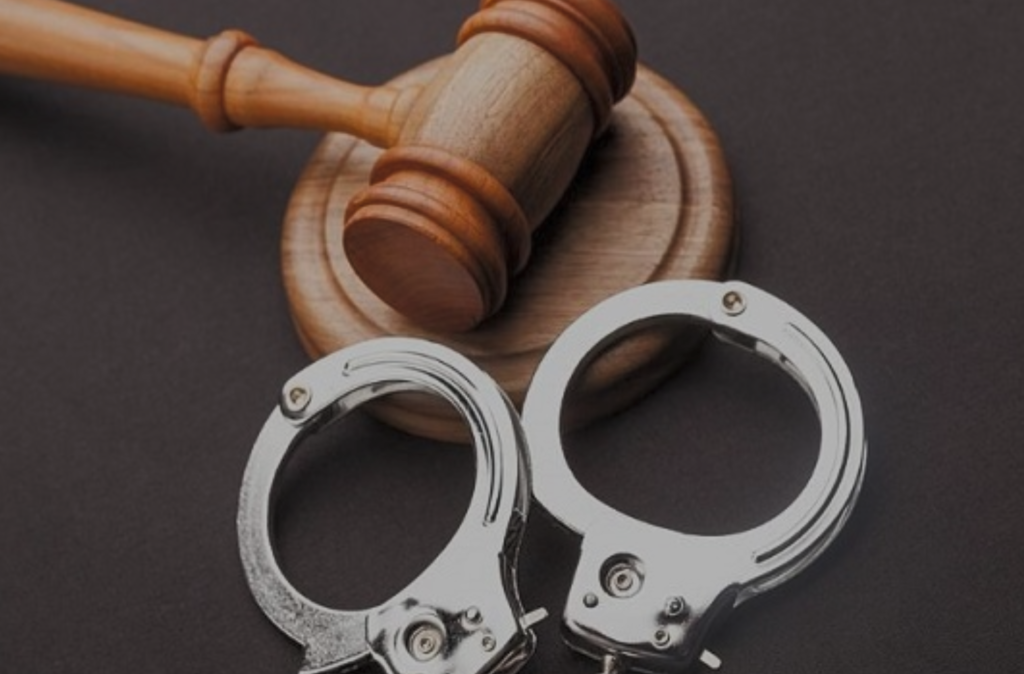The mentioned articles pertain to the procedures for releasing the accused, bail, and provisional detention regulations within the framework of the Criminal Procedure Law. Here’s a breakdown of some of the articles:-
- Article 128: Discusses how to present bail for the accused’s release and the acceptable forms of payment, such as cash or government bonds.-
- Article 129: Clarifies that if the accused fails to fulfill their obligations, the bail will become the property of the government, though a portion will be returned if the accused is acquitted.-
- Article 130: Indicates that the accused must present themselves to the police station at designated times if they cannot provide bail, with the option to determine their place of residence.-
- Article 131: States that a public prosecutor can re-arrest the accused if new evidence emerges or if they breach their obligations.-
- Article 132: Specifies that the court has the authority to decide on the release or detention of the accused.-
- Article 133: Clarifies that requests from the victim or the civil claimant to detain the accused or to take measures are not accepted.-
- Article 134: Grants the summary judge the right to determine the bail amount for the release of the accused in cases of extending provisional detention.
All these articles form a legal framework that governs how accused individuals are treated and the release procedures, thereby enhancing the protection of their rights during investigations and trials.
Wrote By Attorney Aladdin Younis

